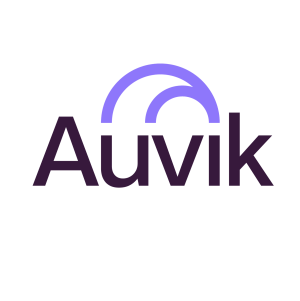We have integrated Auvik Network Management with PRTG and our ServiceNow ticketing tool through API. It automatically creates notifications and sends them to Teams and our ticketing tool. It saves a lot of time. It saved 40% to 50% of our time. Auvik Network Management's network map, together with the dashboard, gives me a real-time picture of my network. It allows me to see the inventory under all sites and devices. My company has 55 sites. Whenever I want to go to a site, I can navigate the network path, and it provides me with the topology directly from source to destination. It shows all events, such as downtime or critical warnings, in an easy-to-use manner. It provides information about device interfaces, device bandwidth, latency, etc. I just need to click to view more detailed information. I have never found a scenario where Auvik Network Management did not allow me to find my site or any device. I can use global search to find my device or site and get the information easily. However, proper configuration within Auvik is critical for accurate reporting, covering all interfaces and their utilization. Using the automated documentation capabilities of Auvik Network Management is very easy. Over the last year, I have been continuously exploring this, finding that the API integration with our other platforms is straightforward, as it just requires configuration on both ends for proper communication. I didn't find any issue so far. It has been awesome. The network map dashboard of Auvik Network Management gives me full visibility into my network, making it easy to troubleshoot issues with inbuilt tools such as traceroute, ping, and SNMP. It helps diagnose problems quickly without having to type commands manually. Real-time performance insights from Auvik Network Management are very critical for my organization as we currently manage 55 sites with over 2,000 devices, and we need to keep track of numerous services such as Active Directory, DNS, and many protocols, so Auvik is essential as it consolidates everything on one dashboard. Auvik Network Management has decreased our mean time to resolution by 40% to 50%. It allows us to see traffic flow in real time without needing to guess. I can just log into the Auvik dashboard and quickly get results. Auvik Network Management helps my organization troubleshoot network issues proactively by providing alerts and monitoring. Instead of waiting for user feedback, we receive alerts on issues such as high latency or device failures directly on the dashboard. The impact of Auvik Network Management on reducing business disruptions related to network issues is significant. It reduces our downtime, improves security, and simplifies complex tasks into straightforward ones, making it the best tool for managing our complex network. We have configured multiple notification channels. We get alerts through email or integrated platforms such as Teams, which helps streamline communication. It makes it easy to collect information from various devices. We just need to configure the collector, IP addresses, and connections, and get approval from both ends. It creates a unique ID, and it can communicate with those devices.




